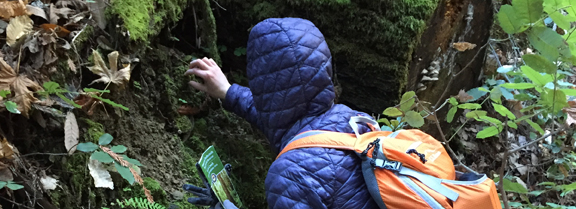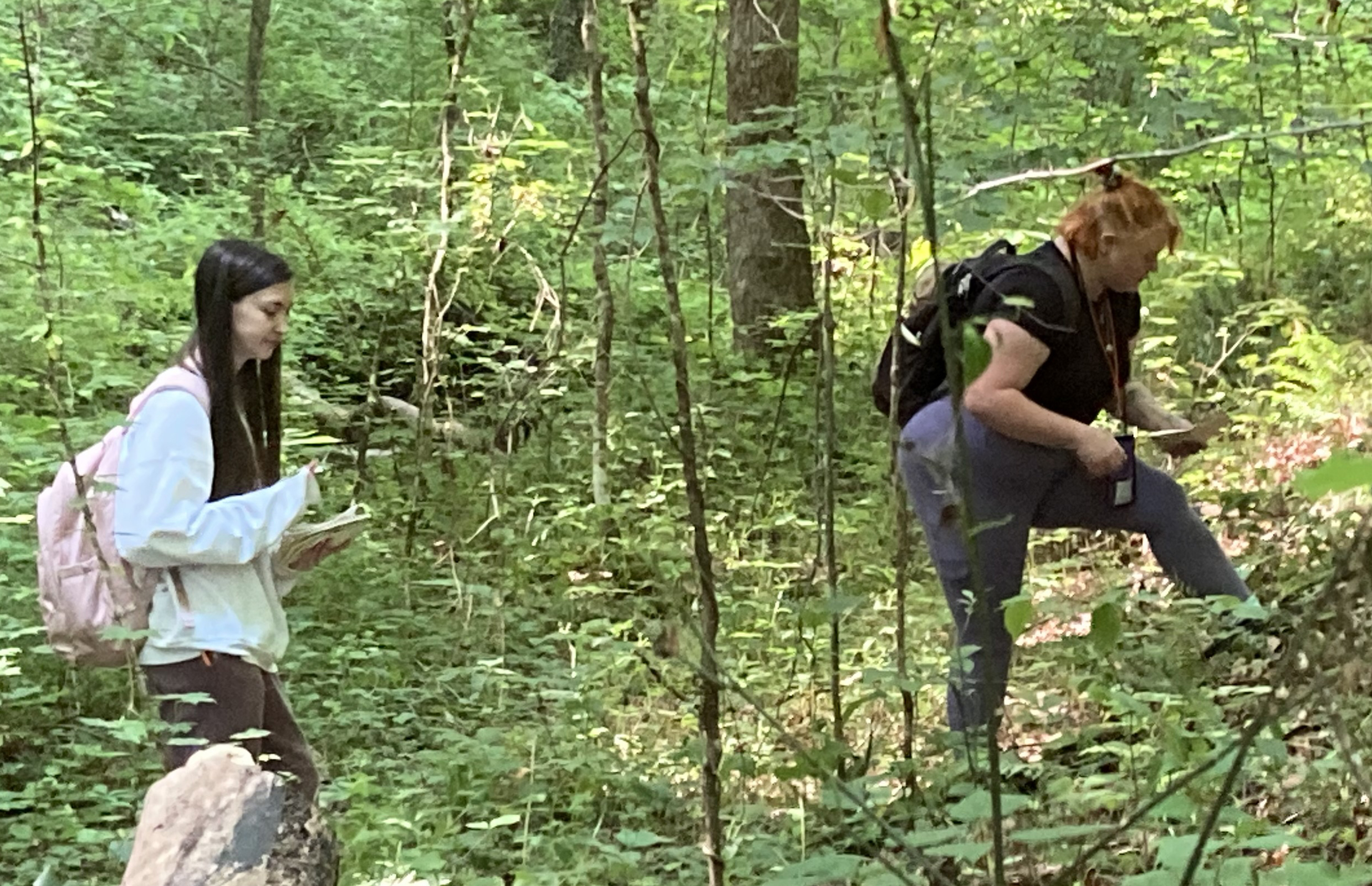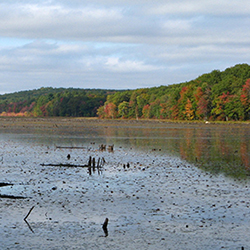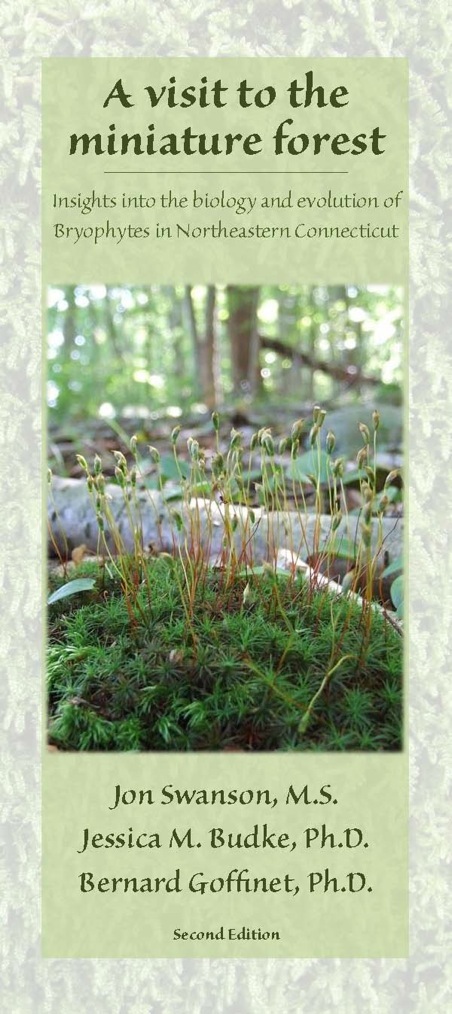Outreach
University of Tennessee, Knoxville - Ecology & Evolutionary Biology

What The Moss Field Guide - Google Classroom
CLICK HERE to give feedback on our What The Moss Exploration Pack & Field Guide.
This project was carried out in collaboration with Easy As Plays's Creative Director, Kashina Hickson. Special thanks to University of Tennessee undergraduate students Zoey Best, Noah Webb, and Blakeney Jordan for their great work helping to create and edit this field guide!
Outdoor Botany Presentations
Members of the Budke Lab are active leaders with the Spring Wildflower Pilgrimage in the Great Smoky Mountains National Park. They lead walks focusing on ferns and mosses. CLICK HERE for more info.
Dr. Budke also led workshops focusing on mosses and ferns at a variety of outdoor venues when she was a graduate studnet in Connecticut. These walks focus on learning how to identify the most common moss species and some interesting aspects of moss plant biology, including the ability of mosses to survive complete drying, long distance dispersal of spores, and the antimicrobial properties of peat mosses.
Communicating Science to the Public
Communicating clearly and effectively is an important skill for scientists to practice and master. We believe that scientists using their voices to educate about and advocate for science is critical to both increasing the public’s support for and government funding of research.
Exploring Moss & Mold on National Public Radio
Dr. Budke was one of the featured guest experts on Outside/In, a New Hampshire Public Radio's program about the natural world and how we use it. CLICK HERE to listen to the full episode.
Parent-Offspring Conflicts in Mosses on In Defense of Plants Podcast
Dr. Budke talks with Matt Candeias about a moss familial tug of war going on all around us CLICK HERE to listen to the full episode.
Moss Plants and More: Commentary on All Things Bryological
Dr. Budke wrote a blog communicating information about mosses to the public. She discussed news, research articles, common species, and fun facts. This blog is currently archived and is not actively updated.
Knoxville Botanical Garden: Moss Talks & Walks
Mysterious Mosses Lecture with Dr. Budke
Unless you look closely, you may never know all the wonders that lie hidden in the miniature world of mosses. Dr. Budke annually lectures at the Knoxville Botanical Garden about the diversity of mosses that live in our lawns, between the sidewalk cracks, and in our local forests. Attendees gain identification skills, learn how these tiny plants are important players in our native ecosystems, and go on a photographic adventure to explore mosses from around the world.
Moss Walk with Ph.D. Student Eric Shershen
Eric leads interactive walks around the Garden centered on mosses. Oftentimes we walk right past mosses without so much a second glance, but in this guided walk you will learn just where and what to look out for! You will become familiar with the various species of mosses found throughout the Gardens and learn the key characteristics to identify them. On our walk, we will also talk about the adaptations these plants have to survive an ever-changing world.
A Visit to the Miniature Forest - Brochure
Insights into the biology and evolution of Bryophytes in Northeastern Connecticut
The naturalist walking through the forests and wetlands of Northeastern Connecticut searches for the hidden flowers and listens to the songs of the birds. The mosses and liverworts that cover the trail bank, color the tree trunks in shades of green and form soft cushions or carpets on the boulders, typically pass unnoticed. Yet several hundred species of Bryophytes occur in our region, and provide important services to the ecosystem, including partially controlling water movement, decreasing erosion, and providing microhabitats for numerous invertebrates. They can even dominate the vegetation in an area or, as in rainforests, compose a majority of the biomass in a local area.
Bryophytes are common, diverse and locally abundant. A closer look at their architecture, habitat, and life history provides insights into the ecological roles of bryophytes, the challenges encountered by plants on land and the solutions to some of these obstacles. This guide is not a field guide to the bryophytes of the forest. Accurate identification of bryophyte species often requires observation of microscopic characters. The guide aims to highlight some of the species common to the area and to raise awareness of bryophytes as a component of our forests, presenting aspects of plant biology through the “eyes” of a bryophyte.
Click below to view and print a color PDF of this brochure.
Contact Dr. Bernard Goffinet (bernard.goffinet@uconn.edu) to order printed versions of this brochure.


